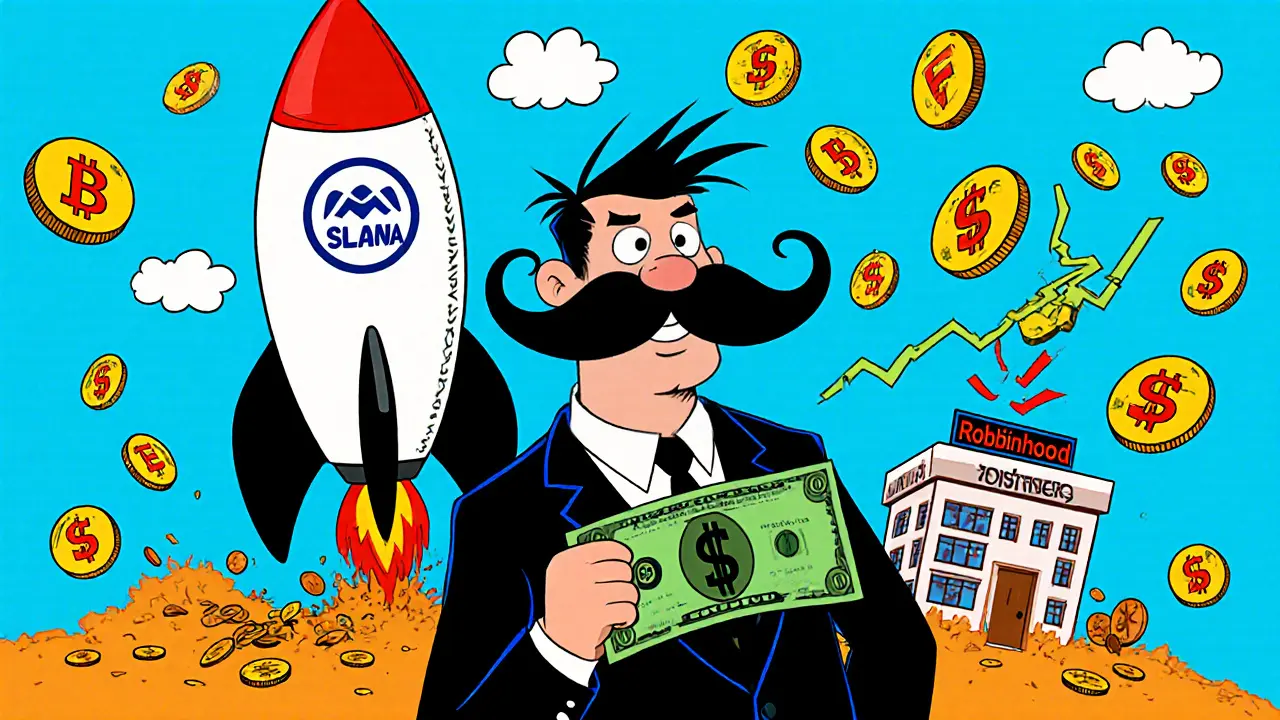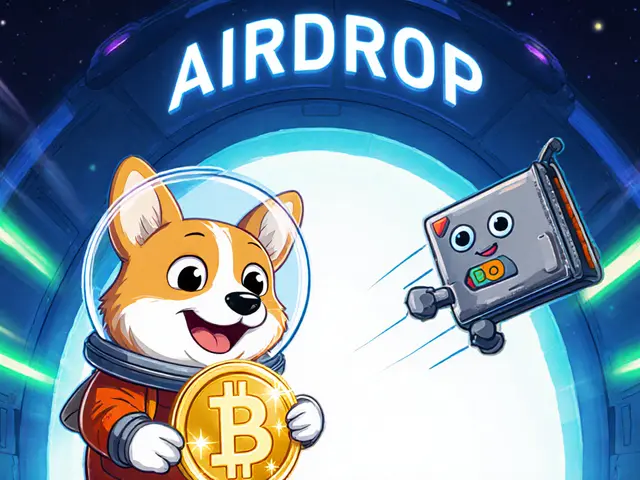Solana Asset Management: How to Grow and Secure Your Crypto Holdings
When you hold Solana, a high-speed blockchain built for fast, low-cost transactions and scalable decentralized applications. Also known as SOL, it's one of the most popular platforms for managing digital assets outside of exchanges. Unlike slower networks, Solana handles thousands of transactions per second with fees under a penny, making it ideal for active asset management—whether you're staking, lending, or trading.
Solana asset management isn’t just about holding SOL tokens. It’s about putting them to work. You can stake your SOL to earn rewards directly from the network, or lock it up in DeFi protocols like Marinade Finance or Lido to earn even higher yields. These platforms let you earn passive income without giving up control of your coins. Many users also connect wallets like Phantom or Solflare to interact with decentralized exchanges like Raydium or Jupiter, swapping tokens or adding liquidity to earn trading fees. This whole system runs on smart contracts that execute automatically—no middlemen, no delays.
But with speed comes responsibility. Solana’s ecosystem has grown fast, and not all projects are secure. Some DeFi apps have been exploited, and fake tokens flood the market. That’s why smart asset management on Solana means checking contract addresses, using trusted wallets, and never sharing your seed phrase. You also need to track your positions across multiple protocols—some users manage dozens of positions across staking, liquidity pools, and yield aggregators. Tools like SolanaFM or DeFiLlama help you monitor TVL, APRs, and risks in real time.
What sets Solana apart from Ethereum or other chains isn’t just speed—it’s how accessible these tools are. You don’t need deep technical knowledge to start staking or lending. A beginner can earn 5-8% APY just by staking through Phantom. At the same time, advanced users can layer strategies: use SOL as collateral to borrow USDC, then lend that USDC on another protocol for compound returns. It’s like building a financial engine on top of a high-performance car.
And it’s not just about earning. Solana’s asset management tools also help you protect value. Stablecoins like USDC and USDT are widely used here to hedge against volatility. You can move funds between DeFi apps in seconds, rebalance portfolios, or lock profits without waiting hours for confirmations. That kind of flexibility matters when markets move fast.
Behind every successful Solana portfolio is a mix of smart tools, disciplined habits, and awareness of risks. You need to know which protocols are audited, which ones have liquidity locks, and which ones are just hype. That’s why the guides and reviews below cover everything from step-by-step staking instructions to deep dives on the safest DeFi apps—so you don’t lose money trying to make it.
Below, you’ll find real-world examples of how people are managing their Solana assets today—whether they’re earning rewards from staking, trading on decentralized exchanges, or navigating the latest DeFi innovations. No fluff. Just clear, actionable insights you can use right away.







Categories